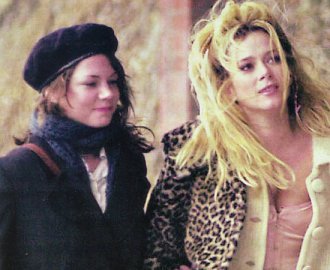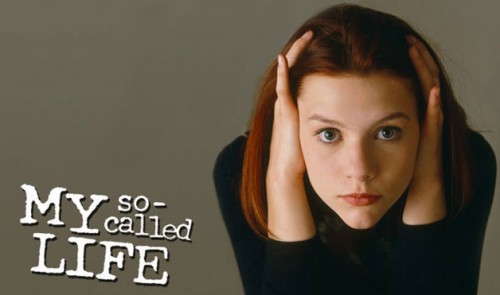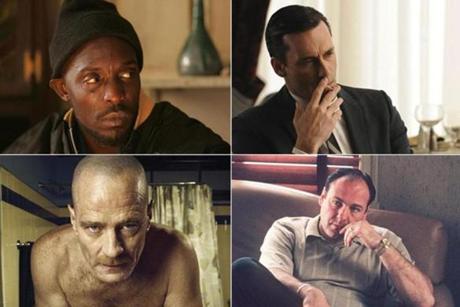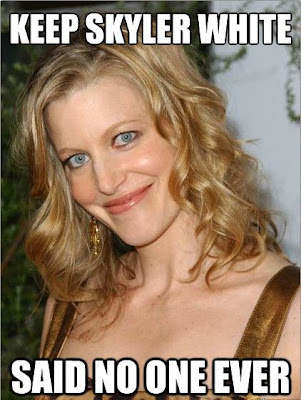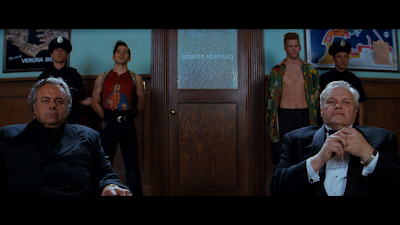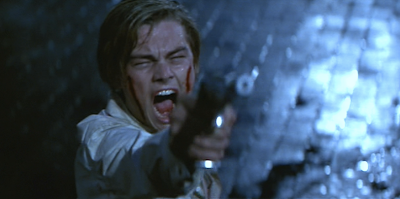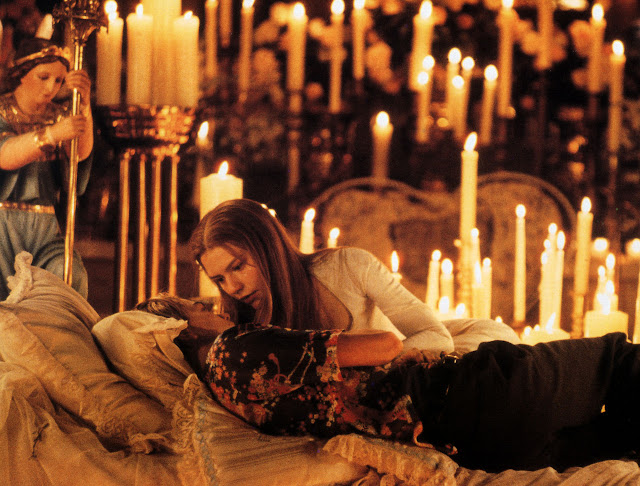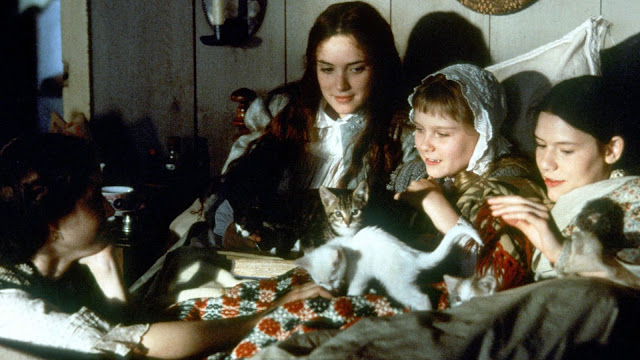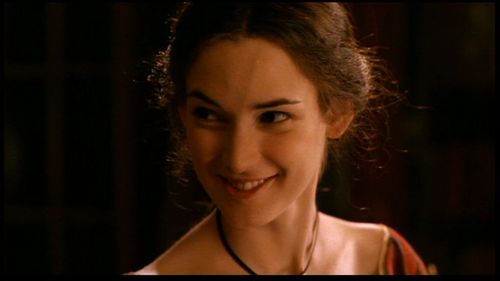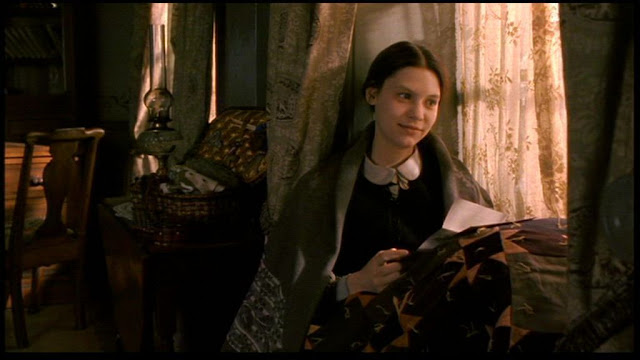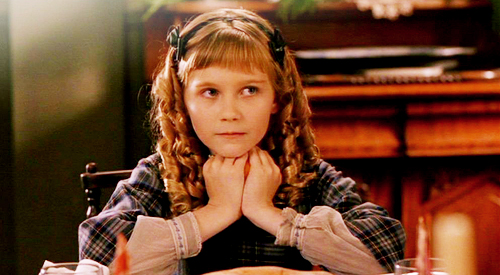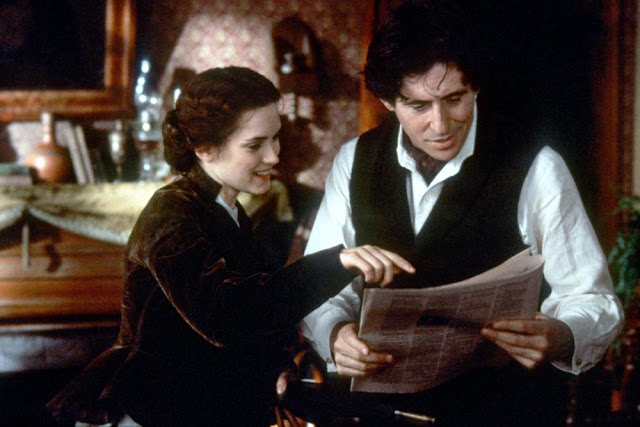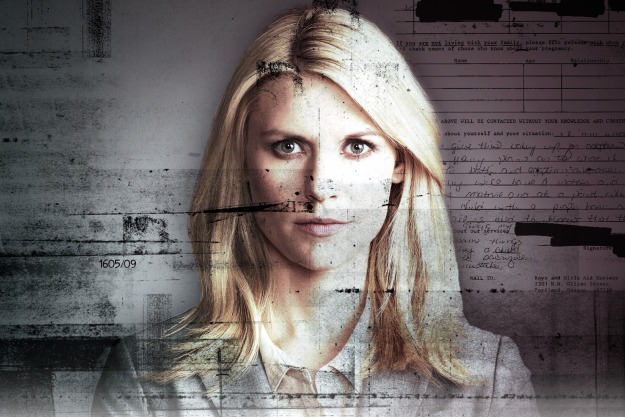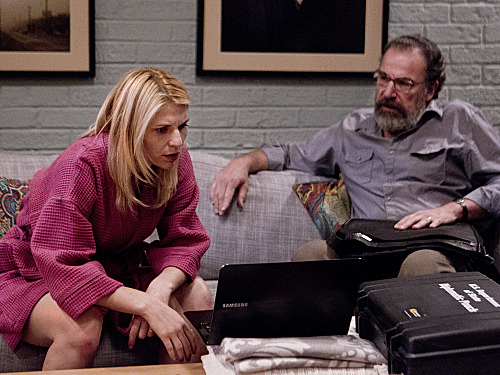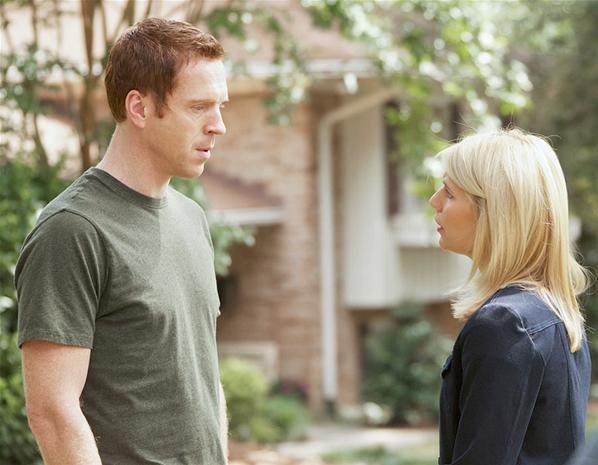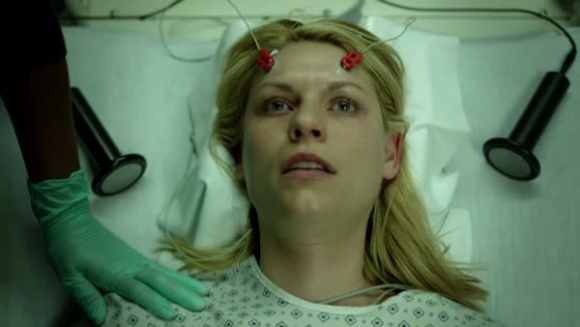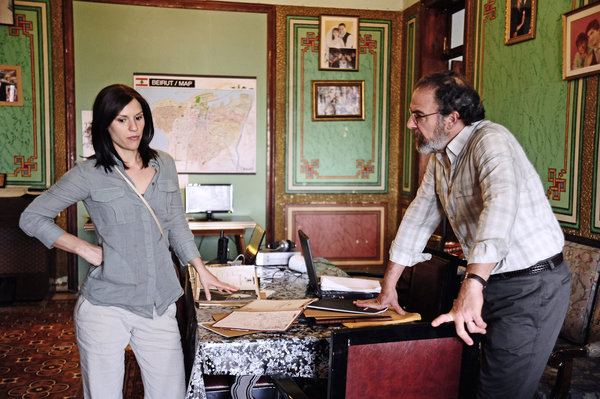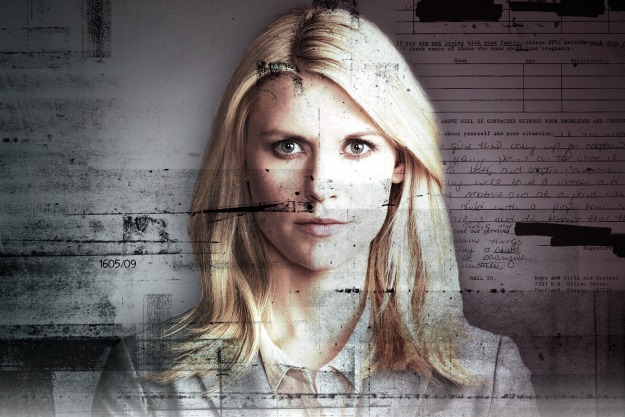This post by Elizabeth Kiy appears as part of our theme week on Female Friendship.
Not all friendships are built to last.
Teenage friendships are little romances between two people–tiny beautiful, impossibly fragile things that break apart upon touch or close examination. Just as a true romantic relationship between two unformed people rarely lasts, so often we grow out of our early friendships.
These friendships are among the most intense in your life and that intensity often burns out too fast. It can feel giddy and feverish just like a teenage romance, where you can’t bear to be apart, talk all night on the phone, keep boxes of sentimental objects and stay up all night together. But you don’t know then who you really are and this relationship, that you eat and sleep and breathe, can either end up a warm memory or, in many cases, the last barrier to true adulthood.
Though close friendships often form between larger groups, the view of teenage friendships we most often see on film is this singular sort of passionate fire. These films succeed on the strong performances of two leads, as character studies of two highly developed characters. Other people are interesting, but they never seem quite as important.
What is some interesting in these films is how they explore this one difficult question: If you’ve aways been one of two, how do you become one, a singular person without missing something? Because so much of growing up means developing into a person who can live in the world, films about the ends of friendships can be just as satisfying coming of age stories as the typical narratives of beginnings. Each ending after all, is the beginning of something else.
It can be difficult to tell what these kinds of films are saying about friendships. Are they simply too pure, to beautiful to exist in the real world? Are they things that hold us back, trap us in fantasy worlds so vivid they make real life seem like a dream (see: Heavenly Creatures)?
What about toxic friendships (see: Albatross, Ginger and Rosa) ? Teenagers are so much more vulnerable to these sorts of things because perfect symbiotic connections seem so desirable.

In Me Without You, a British film spanning the 1970s and 80s, Holly (Michelle Williams) and Marina (Anna Friel) initially have little in common, but develop a close, almost symbiotic, connection, due to proximity. They’re neighbors and they’re the same age. As they grow up, they follow each other into the same music and subcultures, Marina most often dragging Holly along, and it’s unclear whether they would have liked the same things if they weren’t so closely tied together. Later, when their friendship has broken down, they continue to be tied together, now by their daughters’ friendship.
For most of her life, Holly has lived in Marina’s shadow. Marina is exuberant and witty, outgoing and almost glitters in her everyday wear, more like costumes, pirates and ballerinas, then everyday outfits, she’s impossible to lose in a crowd. Meanwhile, Holly is softer and too often scared. She lives in Marina’s shadow not only because she feels most conformable there, but because Marina demands it. Marina’s brightness fascinates Holly, who casually accepts her cruelty, too nice and too needy to do anything that could hurt her. As Holly begins to come into her own and get noticed for her intelligence and beauty, Marina sees it first and does everything she can to sabotage her.

The betrayal is a little cliche. Marina sleeps with Holly’s boyfriends and subtly chips away at her self-confidence to keep Holly as her mousy, lesser friend. Throughout the decades, Holly falls in and out of her attraction to Marina’s brother Nat, and it appears that he is her soulmate. Eventually they get together, but not without the cost of Holly and Marina’s friendship.
For Holly, growing up comes to mean realizing that indulging Marina and following her demands isn’t making her happy. As the title says, Holly needs to figure out who she is without Marina and learn to be this person. The friendship ends as she realizes the Marina needs her more than she needs Marina, it’s just holding her back from growth.
Though the viewer is meant to identify with Holly, writer-director Sandra Goldbacher succeeds in giving just enough insight into Marina to understand her rationale. She is not cruel for the state of it, but is hopelessly insecure and jealous of light she sees in Holly. She tries so hard to be exciting and cultivate an alluring persona, but Holly doesn’t even have to try to be interesting. Moreover, as Holly is developed as such a sweet and intelligent, it’s hard to completely fault her judgement. At different points her in life, Marina was the friend she needed. And she loves her, she can’t be all bad.

Likewise, Alice (Claire Danes) in Brokedown Palace is the wild, even fearless friend who tries to convince quiet Darlene (Kate Beckinsale) to live a little. You’ve either been this girl or you know her, either way, you’re a little frightened (and thrilled) by her influence. Alice convinces Darlene to take chances she otherwise would have avoided, usually things Darlene had secretly wanted to do anyway. Alice convinces her to go to Thailand, to sneak into the pool at a fancy hotel and hang out with some skeevy seeming guys they meet. This ends up getting the girls sent to a Thai prison for smuggling heroin they (allegedly) had no idea was in their bags.

It’s any traveller’s biggest fear and the girls, fresh out of high school, not at all streetwise and sure being American grants them certain privileges, make all the worst possible decision at every juncture, but really the horror of their imprisonment is overshadowed by the horror of betrayal. Alice and Darlene find themselves in (an often pretty racist portrayal of) Thailand where everyone is poking at them and yelling in languages they can’t understand with no one to turn to except each other. But as time passes and it becomes clearer and clearer that this is not just a misunderstanding, they lose their faith in each other. Darlene’s parents have always hated Alice and tell her she deserves to be in prison for being a bad influence on their daughter. Darlene even begins to agree, believing Alice forced her to do things against her will. In the end, Alice pays the price for being the wild friend, accepting for responsibility for the crime, and sacrifices her life for Darlene’s freedom by offering to serve both their prison terms.
Due to the film’s ambiguity, its ultimately unclear whose fearlessness was their downfall. Was Alice telling the truth when she accepts full responsibility or had Darlene attempted to strike at independence and excitement on her own?

Devyn Waitt’s ethereal indie, Not Waving But Drowning, begins with Adele (Vanessa Ray) and Sara (Megan Guinan) literally breaking apart. High school is over and Adele is leaving their tiny Florida town for New York City, where she imagines bigger and better things await. Sara, the more level-headed of the duo, is staying behind and continuing to live a teenage life, she sleeps in her parents’ house and rides to and from her volunteer job with her father.
Yet through their separate journeys, the girls attempt to maintain the symbiosis that had kept them afloat so far. On their own, they have a host of adventures, both good and bad, that become increasingly difficult to share with each other. For Adele, life in New York is not as glamorous as she imagines, she moves into a messy apartment with four guys she barely knows and gets a job cleaning office buildings. Things seem to improve when she becomes friends with a girl who lives across the street, who seems to have the glamorous life she’d dreamt of.
Meanwhile, Sara teaches art classes at a senior’s centre and finds it difficult to get the residents interested. She is drawn to Sylvia (Lynn Cohen), a rebellious elderly woman who smokes pot in her room and leads trends at the centre.
Not Waving But Drowning cribs from two very different coming of age templates: an older person-young person intergenerational friendship and a silent reaction and recovery from trauma narrative.

Separated, they try to be figure out what kind of people to be without each other. For Sarah, this means attempting to replace her more daring friend with this woman who reminds her of Adele. Sylvia even becomes a role model to her, as she is fascinated by a photograph of young Sylvia in New York at her age. Later, when she visits Adele, she attempts to recreate the picture.
Adele’s road is harder. Her new friend Kim (Isabelle McNally) abandons her when she is raped on a rooftop and she spends a long time struggling with the event. She has a hard time connecting to the world she so recently lived in, the world of her friendship with Sarah, riding in cars and singing, trading inside jokes and leaning on each other. In picking Kim, she had attempted to chose a friend completely different from Sarah, someone more like the person she wanted to be herself. As Kim disappoints her, her own view of herself and what she can be is shattered.

The friendship between the girls is strained, but it is not irrevocably damaged. By the end, they’ve had lives apart and have secrets they keep from each other, something they never had before, but they still feel comfortable sleeping in the same bed like children. Sara plans to move to New York, but will this fix things? Can they ever be as close as they once were?
The true test of a friendship isn’t whether is lasts, but who it lets you be. These teenage friendships encouraged a symbiosis that made it impossible for the girls to live alone and that was why they faltered. We need more films that explore the toxic aspects of friendships, particularly teenage friendships, to help us learn to recognize them.
_________________________________________________________________________________________
Elizabeth Kiy is a Canadian writer and freelance journalist living in Toronto, Ontario. is a Canadian writer and freelance journalist living in Toronto, Ontario.
